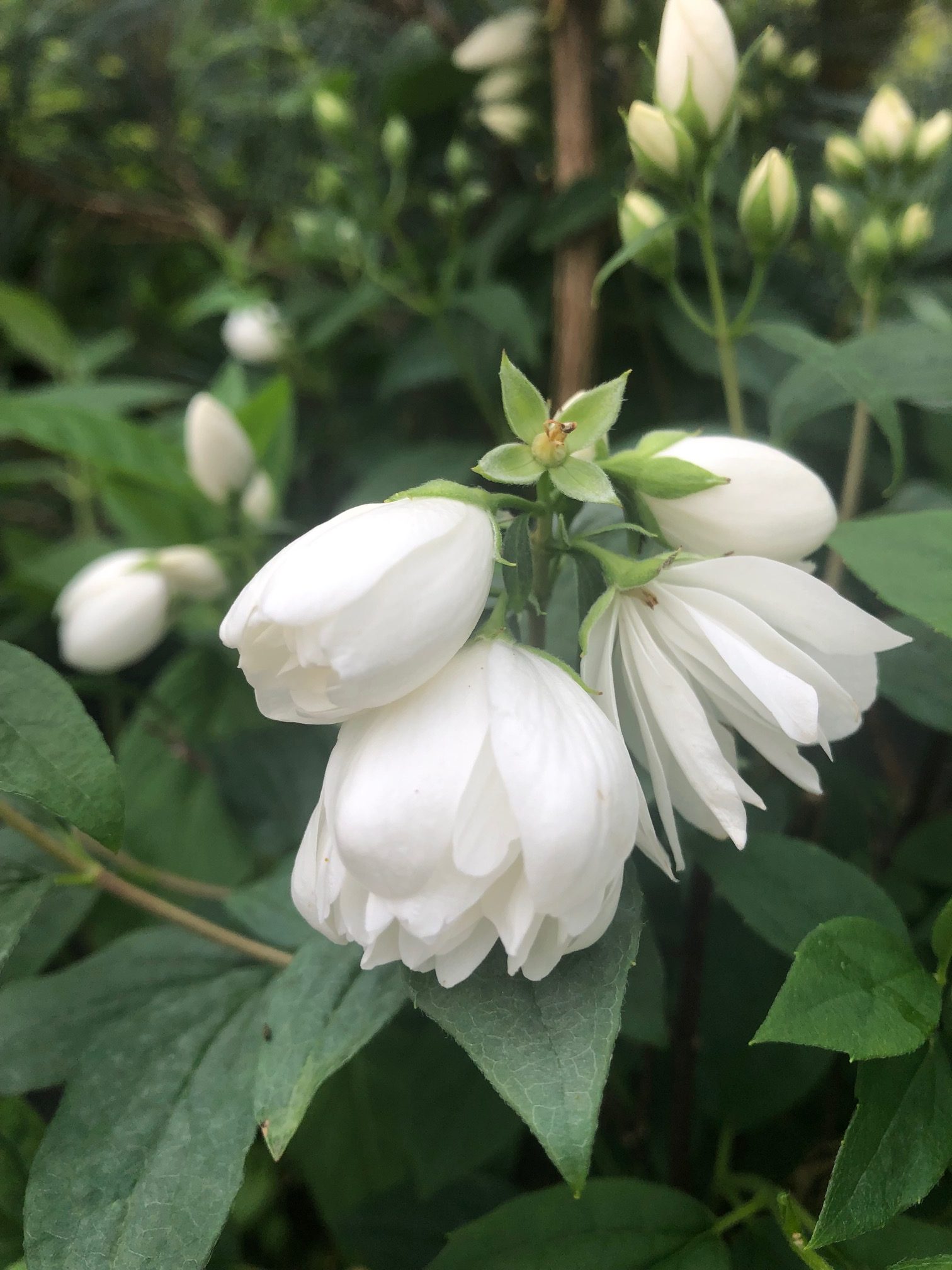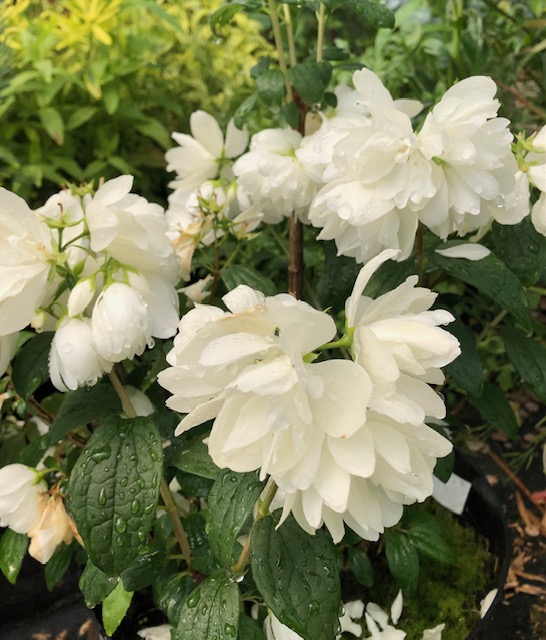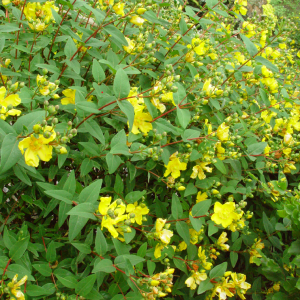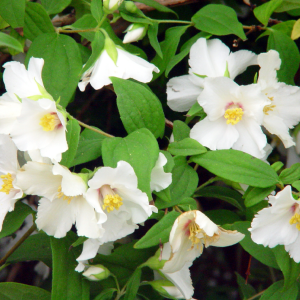Baby Range (9cm), Fragrant Shrubs, Hedging, Non Evergreen Shrubs, Shrub
Mock Orange
Philadelphus Snowbelle
£14.99
Mock Orange 
Philadelphus Snowbelle is a beautiful garden plant which belongs to the hydrangea family, and is commonly known as the mock orange. It is a popular choice for gardeners who want to add a touch of elegance and fragrance to their garden.
The flowers of Philadelphus Snowbelle are pure white, double, and very fragrant, with a scent that resembles that of orange blossoms. The leaves turn buttery yellow in Autumn, adding a final flourish to the season.
SKU: PHILADELPHUS-SB
Categories: Baby Range (9cm), Fragrant Shrubs, Hedging, Non Evergreen Shrubs, Shrub
Tags: Autumn colour, Easy to grow, Hedging plant, Highly fragrant, Philadelphus Snowbelle, Scented, Summer flowering, Sun loving, White flowers
Related products
-
Rated 0 out of 5
Hypericum patulum Hidcote
£11.99 Select options This product has multiple variants. The options may be chosen on the product page -
Rated 0 out of 5
Hydrangea Vanille Frais
£11.99 Select options This product has multiple variants. The options may be chosen on the product page -
Rated 0 out of 5
Philadelphus lemoinei Belle Etoile
£11.99 Select options This product has multiple variants. The options may be chosen on the product page








